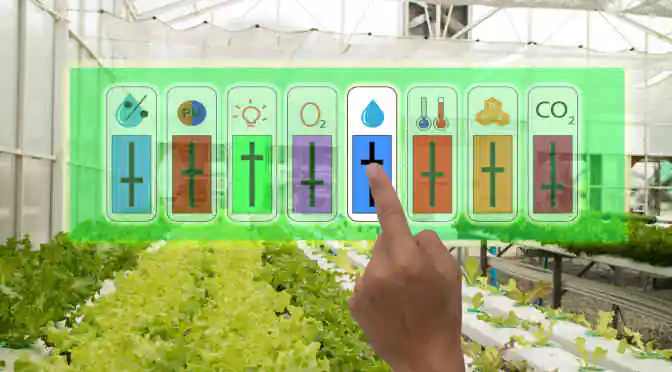Indoor farming, also known as indoor gardening, could be a plausible solution to the global shortage of food. Possibly, the mother-of-all DIY projects, growing one’s own food could soon be about necessity rather than just being a character building exercise. And, judging by the recent strides in this discipline, the investors, markets and importantly, the consumers, are ripening up to this revolutionary idea.
The biggest problems faced by agriculture today is its highly exclusive nature that prompts a very small section of the society to indulge in it. Additionally, there isn’t enough of it. According to one reliable estimate, the world’s population will hit a staggering 9.7 billion people by the year 2050. Consequently, the demand for food will increment from the 59% (end of 2016) to 98% by 2050. That’s trouble brewing!
Could indoor farming prove to be the champion in this food crisis?
In theory, indoor farming at home or any available space is simple enough. A sizable number of plants or crops are cultivated indoors, using growth methods like hydroponics and artificial lights. Anything from fruits, vegetables and herbs can be grown- and realistically, the farmer could produce for more than just his/her own family. Importantly, the farmer will have greater control on external growth factors such as humidity levels, air circulation, input of fertilizers and pest control.
Right now, the playing field includes a very small number of dedicated indoor farming companies. Exciting startups like Agrilyst, recipient of USD 1.5 million funding last year, highlight the wide technological possibilities associated with this nascent specialty by helping farmers manage their indoor crops using sensor data. The bottomline is to ensure reliability, frequency, quality and abundance where indoor crops are concerned- a formula that is best actioned by new-age visionaries like Agrilyst, and a select band of agriculture themed startups.
Does precision farming have a role to play in indoor farming?
Experience in the real world (read fields) isn’t going redundant anytime soon. Where indoor farming is employed on a large scale, real world techniques of crop rotation, irrigation practices and organic growth factors like selection of manure and bio-pesticides etc., will come in handy. Agriculture 2.0 stresses on welcoming technology into standard farming practices- the vice versa of this holds true as well.
Equivalent to the stresses incurred by the average farmer, indoor farmers will also need to produce more from their available ‘farms’ using innovative strategies like “sustainable intensification.” This calls into play a number of precision farming tools like advanced irrigation facilities, GPS fertilizer dispersion and highly optimized crop rotation schedules. According to a multitude of agricultural experts, a fine combination of highly scaled indoor farming aided by precision farming tools could afford a sustainable and high worth food production option for the future.
And while loss of arable land, steeply reducing numbers in the farming fraternity, non-reliability associated with water resources and other environmental factors play havoc with our current food production channels, diversification into simpler and easily manageable options like indoor farming could prove to be the ultimate savior. Meanwhile, the highly inventive discipline of Agriculture 2.0 will assist in the aforementioned revival.



